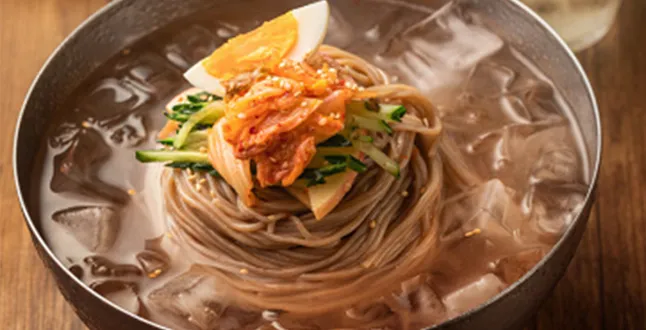Crafted Ramen A Journey Through Handmade Flavors and Techniques
The Art of Handmade Ramen A Culinary Journey
Ramen, a dish that has transcended its humble origins, has become a global sensation. While you can find countless variations in restaurants, there’s something uniquely satisfying about handmade ramen. This culinary art form is not just about nourishment; it’s a celebration of tradition, craftsmanship, and flavor.
Handmade ramen begins with the dough. Unlike packaged noodles, which often use various preservatives, handmade ramen is made with simple ingredients water, flour, and kansui—a type of alkaline mineral water. This unique addition is crucial; kansui gives the noodles their signature bounce, chewiness, and slight yellow hue. The process starts with mixing these ingredients, followed by kneading the dough to develop gluten. After a brief resting period, the dough is rolled out and cut into strands, each lovingly crafted for the perfect texture.
The choice of broth is as vital as the noodles. Traditionally, ramen broth is categorized into four main types shoyu (soy sauce), miso, shio (salt), and tonkotsu (pork bone). Each broth requires a different approach. For instance, tonkotsu, known for its rich, creamy flavor, demands hours of simmering pork bones to extract maximum flavor and collagen. Miso broth, on the other hand, often combines various ingredients like seafood, vegetables, and even chicken, resulting in a complex and savory profile. The beauty of handmade ramen lies in the flexibility and creativity of the cook, allowing for personal touches and adaptations based on regional or seasonal ingredients.
Once the noodles and broth are ready, it’s time to focus on toppings. Traditional ramen is often garnished with chashu (braised pork), menma (bamboo shoots), green onions, and a soft-boiled egg, among others. Each topping contributes its own flavor and texture, enhancing the overall experience. The final touch is a sprinkle of nori (seaweed) or a dash of sesame oil, which can elevate the dish and introduce new dimensions of flavor.
handmade ramen

The preparation of handmade ramen is a labor of love, often requiring hours, if not days, of work. It’s common for ramen chefs to spend years perfecting their craft, learning the nuances of broth making, noodle rolling, and flavor balancing. This dedication is evident in the final product, where each bowl tells a story of skill and passion.
In today’s fast-paced world, the rise of instant noodles has made ramen more accessible but often at the expense of quality. However, handmade ramen embraces authenticity and flavor, attracting food enthusiasts eager for an experience that transcends mere sustenance. Many home cooks and professional chefs are rekindling this age-old tradition, setting up ramen pop-ups, or even engaging in ramen-making classes, allowing more people to appreciate the intricacies involved in crafting the perfect bowl.
Moreover, handmade ramen fosters a sense of community. Sharing a bowl of ramen with friends or family can ignite conversations, laughter, and connections. Many ramen shops are designed to create an inviting atmosphere where patrons can witness the artistry behind each bowl, further enhancing the overall dining experience.
In conclusion, handmade ramen is more than just a meal; it embodies a rich cultural heritage and artisanal craftsmanship. Whether you’re dining in a cozy ramen shop or crafting a bowl at home, this beloved dish reminds us of the beauty in simplicity and the joy found in homemade creations. Embrace the journey of handmade ramen, and relish every delicious bite.
-
The Wholesome Delight of Organic NoodlesNewsAug.15,2025
-
The Vibrant Delight of Spinach NoodlesNewsAug.15,2025
-
Savor the Spicy Delight of Hot Pot NoodlesNewsAug.15,2025
-
Savor the Chill with Irresistible Cold NoodlesNewsAug.15,2025
-
Indulge in the Authentic Delight of Udon NoodlesNewsAug.15,2025
-
Dive into the Delicious World of Cart NoodlesNewsAug.15,2025
-
Unlock the Delicious Potential of Yam NoodlesNewsAug.11,2025
Browse qua the following product new the we







